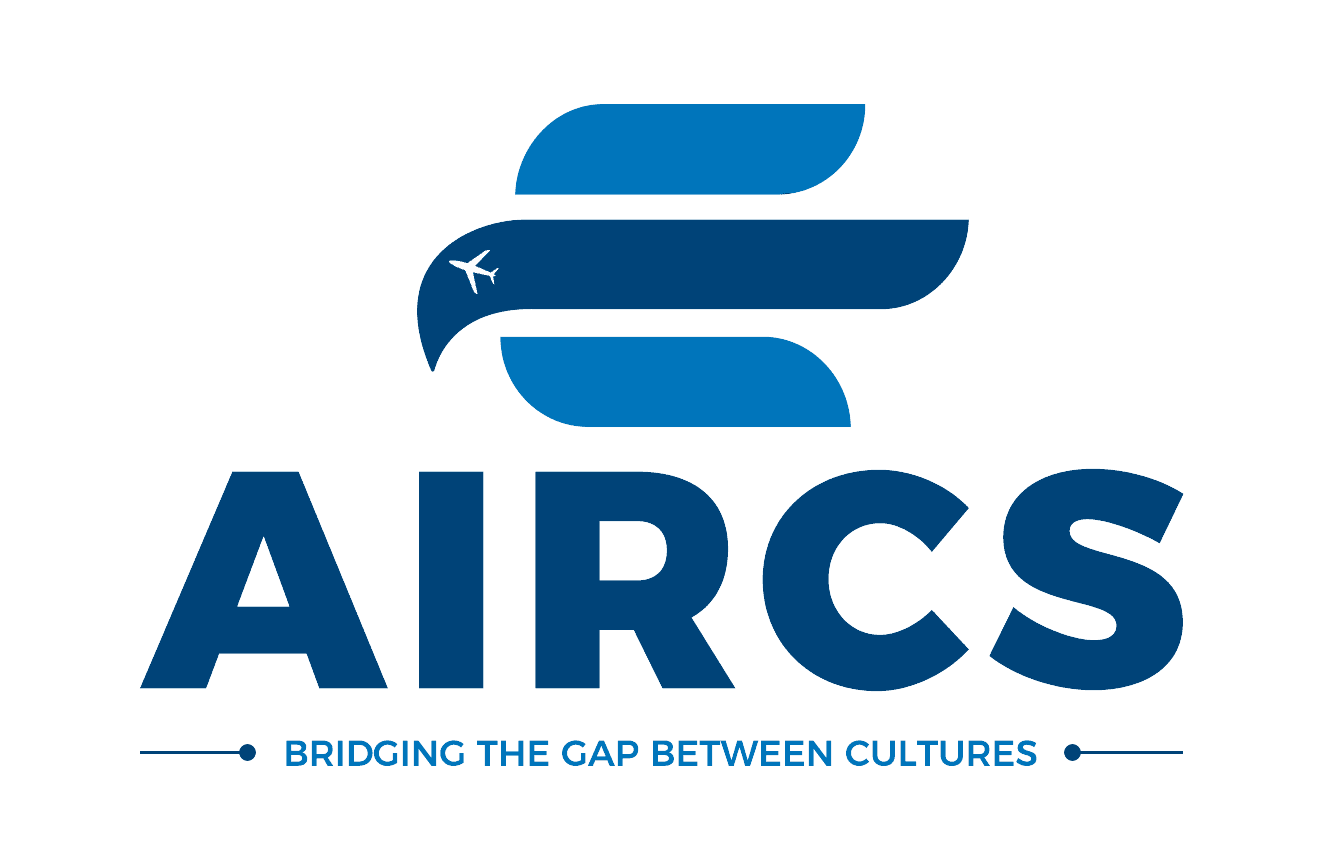Navigating the complex process of immigration can be a daunting task. Whether you are planning to study, work, or settle abroad, having a professional guide can make all the difference. At AIRCS.pk, we specialize in providing comprehensive immigration consultancy services to help you achieve your dreams with ease and confidence.
In this blog, we’ll explore the benefits of hiring immigration consultants and why AIRCS.pk is your ideal partner in this journey.
1. Expertise in Immigration Laws and Policies
Immigration rules vary across countries and are constantly changing. Our team at AIRCS.pk stays up-to-date with the latest laws and policies to provide you with accurate guidance.
Why It Matters:
- Avoid errors that can lead to delays or rejections.
- Receive insights into the most suitable visa options.
- Stay informed about eligibility requirements for your destination.
2. Personalized Services Tailored to Your Needs
At AIRCS.pk, we understand that every immigration case is unique. Our consultants provide customized solutions based on your individual goals and circumstances.
How We Help:
- Assess your qualifications and recommend the best immigration pathway.
- Guide students to top universities abroad.
- Assist professionals with skilled worker visa applications.
3. Hassle-Free Documentation and Application Process
Filing an immigration application involves extensive paperwork and strict deadlines. AIRCS.pk ensures that your application is complete, error-free, and submitted on time.
Our Services Include:
- Document preparation and review.
- Accurate application submission.
- Regular follow-ups with immigration authorities.
4. Increased Chances of Approval
With years of experience and a deep understanding of immigration systems, AIRCS.pk maximizes your chances of a successful application.
Why Choose Us:
- Anticipate potential challenges and resolve them proactively.
- Highlight your strengths to enhance your application.
- Provide ongoing support until your visa is approved.
5. Save Time and Reduce Stress
Immigration can be a time-consuming process, especially if you are unfamiliar with the requirements. AIRCS.pk simplifies the journey, saving you time and effort.
Our Promise:
- Handle the entire process on your behalf.
- Keep you informed at every stage.
- Reduce the stress of managing complex procedures alone.
6. Transparent and Affordable Services
At AIRCS.pk, we believe in building trust with our clients. Our services are transparent, with no hidden charges.
What You Get:
- Clear explanation of fees and services.
- Honest advice on your chances of success.
- Affordable packages for every budget.
7. Why Choose AIRCS.pk?
As one of Faisalabad’s leading immigration consultancy firms, AIRCS.pk is dedicated to helping you achieve your dreams.
What Sets Us Apart:
- Experienced Professionals: Years of experience in handling diverse cases.
- Comprehensive Services: From study visas to skilled migration and family sponsorship.
- Client-Centric Approach: Personalized attention to each client’s needs.
- Proven Track Record: High success rate with countless satisfied clients.
8. Start Your Immigration Journey with AIRCS.pk
Your dream destination is just a step away. At AIRCS.pk, we’re here to guide you every step of the way, ensuring a smooth and successful immigration process.
Contact Us:
- Phone: (041) 5482721
- Email: info@aircs.pk
- Office Address: Office No 5, 2nd Floor, The Orion, 8-G Jaranwala Rd, Kohinoor City Faisalabad, 38000 Faisalabad, Pakistan
Visit AIRCS.pk to learn more about our services or book a consultation today.
Let AIRCS.pk be your trusted partner in turning your immigration dreams into reality!


